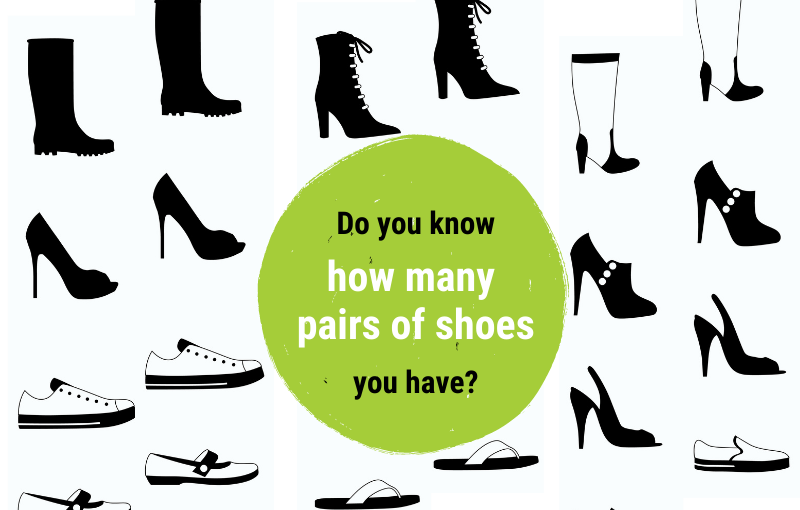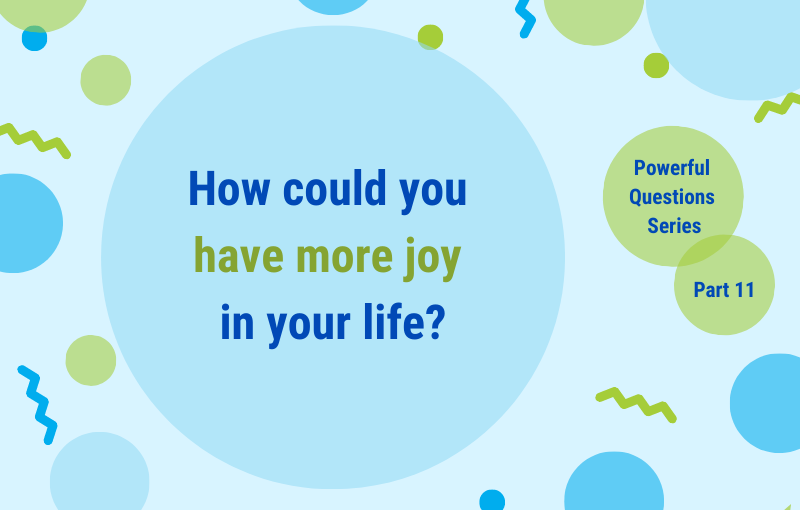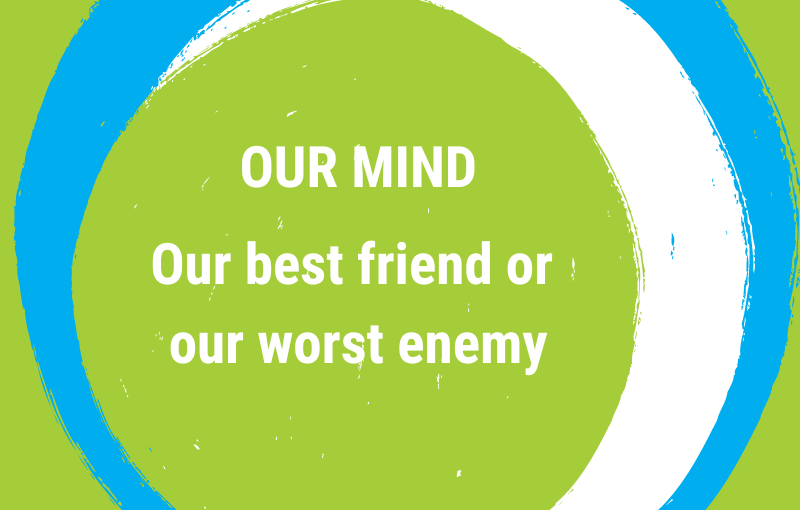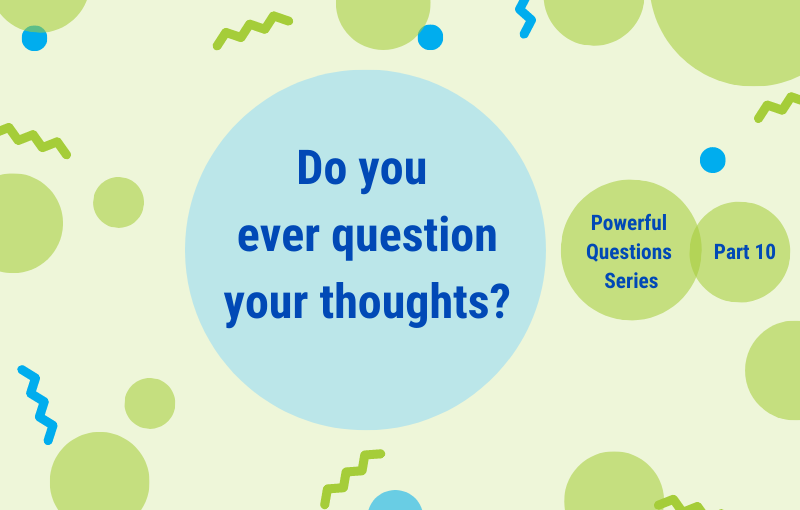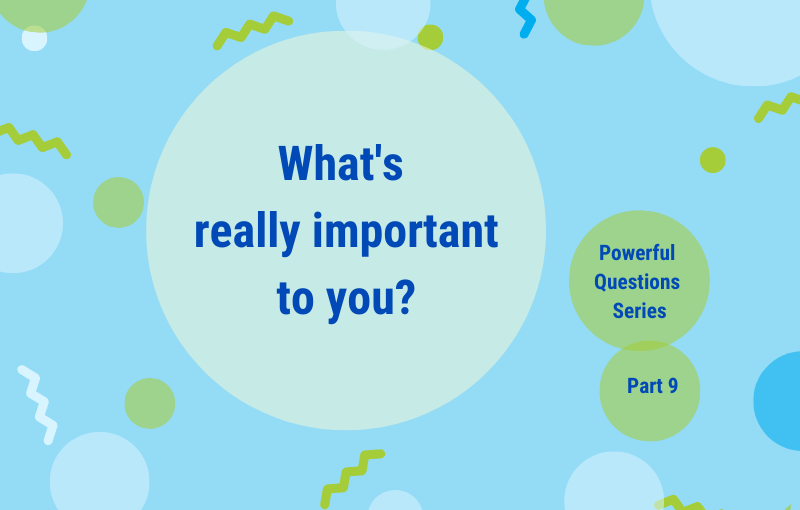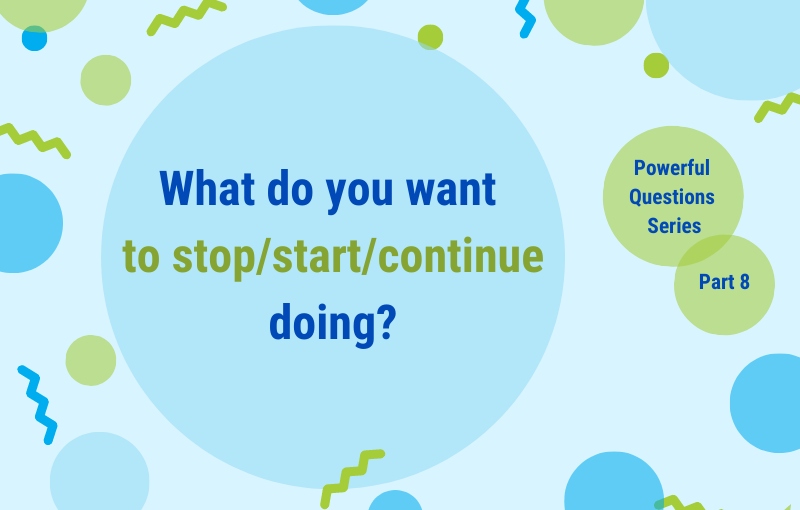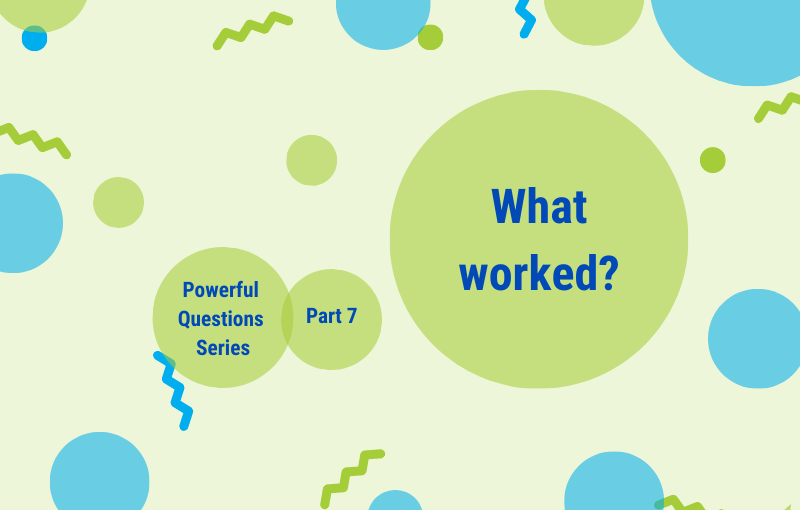Taking action is not always easy, especially if we feel worried about the size and complexity of a home decluttering project. It often helps to start small.
If we begin with one clearly defined decluttering project – and finish it successfully, in a short period of time, with tangible results – our self-confidence and motivation get a boost.
Give it a try, forget about your bigger decluttering projects for a short while. Instead, have some fun with the ‘Shoe Parade’.
A word of caution:
If your love for shoes is your Achilles’ heel (you own lots and lots of pairs of shoes), the Shoe Parade can be an overwhelming experience.
In this case, it’s better to begin your decluttering journey with a different category of belongings (e.g., socks, books, shirts).
EXERCISE
Step 1
Before you do anything, please answer the following two questions:
-
- How many pairs of shoes do you have? Take a guess: ………
- How many pairs of shoes do you regularly wear? Take a guess: ……….
Step 2
Now walk around your home and collect all your shoes.
Arrange a ‘shoe parade’ in your backyard or on the kitchen floor – wherever you have enough space to get them all together.
Any surprises?
-
- How many pairs do you have?
- How many do you actually wear?
- Any shoes you had completely forgotten about?
- Any really ugly ones?
- Completely new and unworn shoes?
- Other insights?
You might wish to take a photograph. And take some notes.
Step 3
Sort out any shoes that are beyond repair or missing their mate.
These shoes need a new home: the rubbish bin.
Step 4
Then divide you your pairs of shoes into three main groups:
-
- In one area of the room arrange all your favourite pairs, the shoes you absolutely love and wear often. Celebrate them – they belong to your ‘keepers’.
-
- In another area of the room, you arrange all those pairs of shoes that you don’t love but regularly need/wear. They also have the right to stay.
-
- In a third area, you place all those pairs of shoes you have not worn in the past 6 months.
Do they still deserve space in your home? Would they be happier with a new owner?
Show them your respect by saying ‘Thank you’ and ‘Goodbye’ and drop them off at your local charity. Someone else will appreciate and use them.
Step 5
Finally, honour the shoes that you love or need to keep.
Clean them, and then organise them nicely and orderly in one place.
Step 6
WELL DONE! – Celebrate your first decluttering success!
You are now ready and well prepared to start working on your bigger decluttering projects.

